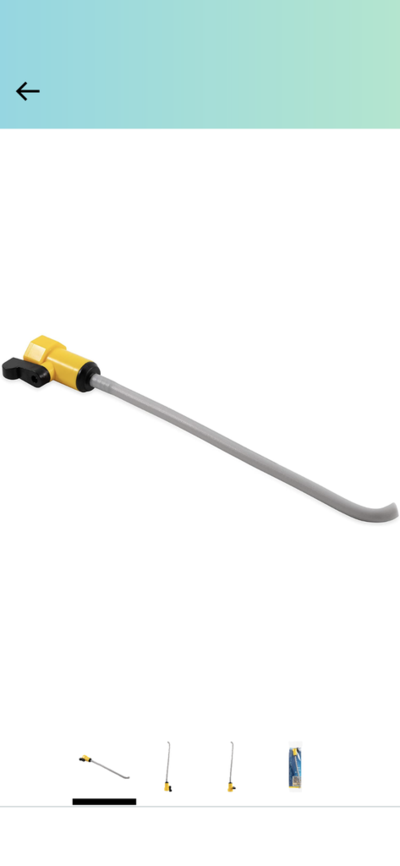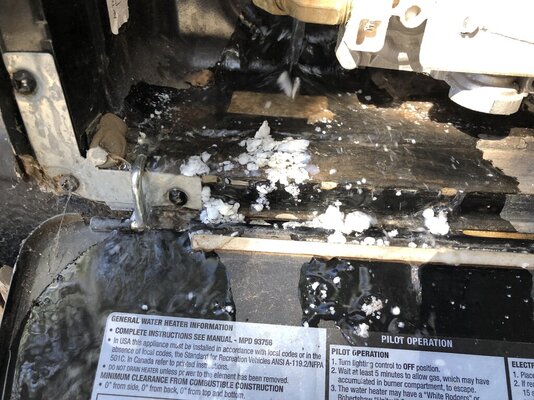Kheren
Well-known member
Hi. I’m getting really bad chunks of calcium in my faucets and have learned I should clean the hot water tank once a year. It’s been 2 years. Oops. Anyway after many hours of google and forums we decided to maybe add vinegar to it, let it soak via the winterizing kit. It’s an Atwood, no anode rod. There are so many tips out there on this working. I go to rv store for the kit, she says DO NOT under any circumstances add vinegar or other chemicals to the hot water tank, simply flush it. Then an an anode rod to help attract the gunk in the future. All this advice goes against every single opinion I see online and now I do know what to do. I came home with a rod that I’m not sure if I should use. Help?


